Filicide, or the murder of a child up to the age of 18 years committed by his or her parent, guardians, or stepparents, has existed throughout human history. In ancient Greco-Roman times, a father was allowed to kill his own child without legal repercussions. In the 16th and 17th centuries, France and England established laws that made filicide a crime punishable by death.
One of the most influential classifications of child murder was created in the 1960s by Phillip Resnick. He reviewed 131 cases of maternal and paternal filicide dating from 1751 to 1967. Later studies classified psychological motivations by gender. According to Scott's Classification for Paternal Filicide, men are likely to fall into these categories:
1. Elimination of an unwanted child by assault or neglect.
2. Mercy killing.
3. Gross mental pathology.
4. Stimulus arising outside the victim.
5. Victim as stimulus.
Lillian De Bortoli, a researcher at Swinburne University in Australia, has offered her own list, identifying three types of fathers who murder their children:
1. De Facto Male: This type of child killer is a live-in boyfriend or stepfather. He typically kills only one child and has a history of abusing the child. Murders of this type are usually hands-on and quite violent, with stomping, throwing, beating, strangling, etc., involved.
2. Separated Father: The murdered children are his own flesh and blood. Estranged from the mother, a father in this category generally has a history of abusing her, the children, or both. The abuse may have prompted the separation. Revenge against the mother is the motivation, and the killing often occurs during custody disputes.
3. Coupled Father: A father who kills his children while the family is still intact, he typically has a criminal history. This type is at high risk of being not just a child killer, but a family annihilator. Most of these murders involve multiple victims, and in the case of family annihilators, may include not only the children's mother, but also members of the extended family and anyone else who happens to be present when the frenzy begins.
Since 1950, child homicide rates have tripled, and in 2004, 311 of 578 (53.8%) children under the age of five were murdered by their parents in the US. A higher percentage of these children were killed by a paternal figure. Two studies found that stepparents kill children at a much higher rate than biological parents. Stepfathers were roughly eight times more likely than biological fathers to kill their children. In addition, stepparents were found to be more likely to beat or bludgeon their stepchildren, whereas biological parents often shot or asphyxiated their children. The more violent actions of the stepparents may be explained as a manifestation of the hostility, resentment, and rage that they may feel toward their stepchildren. This is sometimes called the Cinderella effect.
Cases of parents killing their children (and vice versa) often are big headlines. It's shocking and unimaginable. Here are some of the most infamous cases of paternal filicide/familicide.
John List
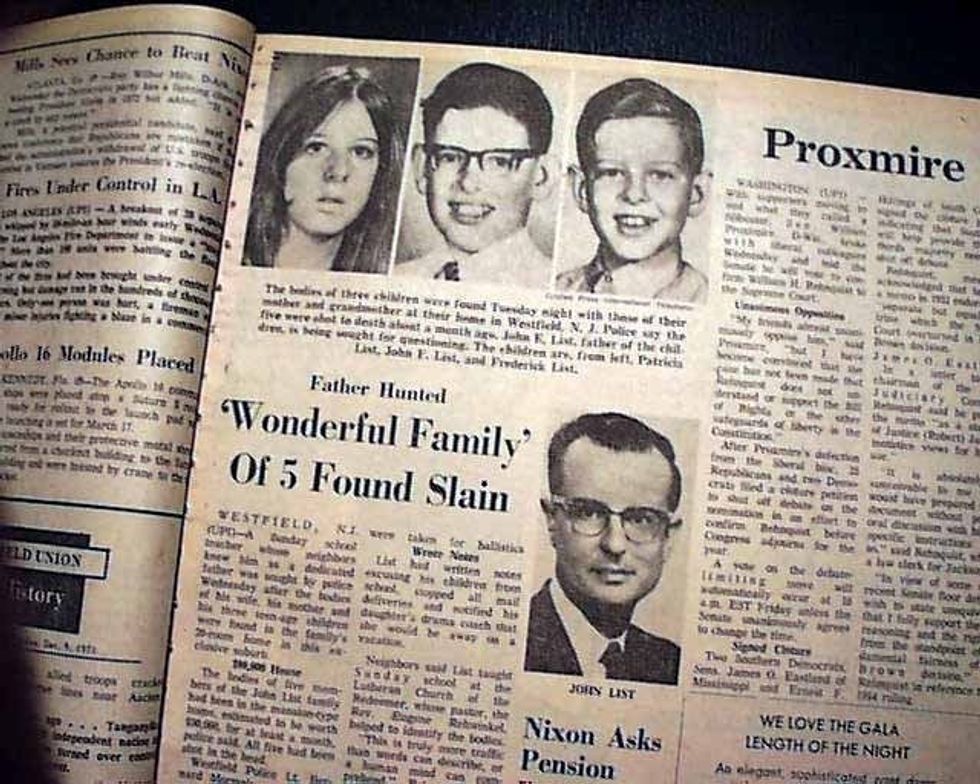
In the 1960s, the List family looked like the perfect family from the outside. However, John faced external pressure: he had a family to support and he lost his accounting job. In those days, men were viewed as the head of household and major breadwinner, so losing his job was extremely embarrassing for him.
He also was a devout Lutheran and he believed his family was morally corrupt. He contemplated suicide, but that would be unforgivable under his religion. He resented the burden he carried and his fear of poverty was so strong, he decided to do the unthinkable.
November 9, 1971, started like any other day at their home in New Jersey. After his children left for school, John shot his wife in the head, killing her instantly. He then went upstairs and killed his elderly mother. He spent the day cleaning, but he didn't only clean up the crime scene. He called to stop the mail and milk deliveries. He called the children's school, telling them that the family would be leaving for an extended trip and would not be in school for several weeks. Then he waited for his children to come home.
He shot and killed his 16-year-old daughter Patricia, then his 13-year-old son Frederick. He then picked up 15-year-old John Jr. from a soccer game and when they arrived home, John shot his son 10 times. Before leaving the home, he cut out his face from every family picture in the house.
The List family's murders were not discovered until over a month later. And John was not caught until over 18 years after the murders, having remarried and beginning a new life under a false name. America's Most Wanted featured a reconstruction of his face and former neighbors recognized him right away. John was convicted of five counts of first degree murder and sentenced to five consecutive terms of life imprisonment without parole.
In this case, it appears John List was heavily influenced by outside stimuli. Societal expectations, religious doctrine, and a loss of income led him to believe that killing his family was saving them from a worse fate. Some have also speculated that he may have had a mental disability or disorder.
Christian Longo
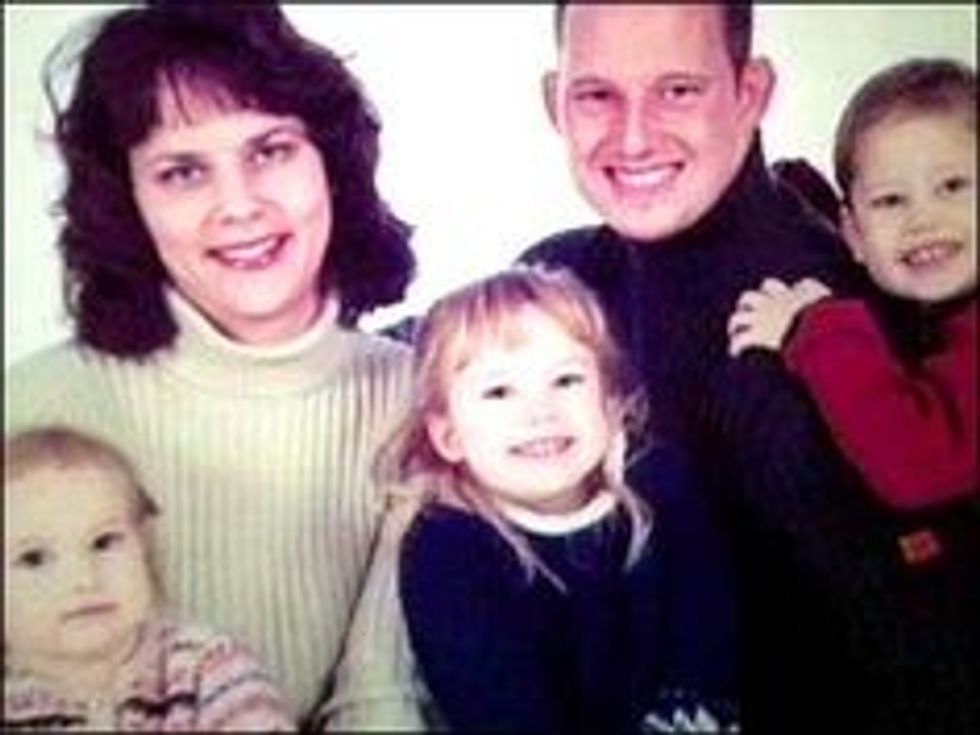
Christian Longo was a husband, and father of three kids, had a criminal history based in an ongoing pattern of overspending and fraud. After years of mounting debt and scams, Christian's family was on the run from the law, driving around the country in a stolen moving van and a stolen SUV, staying at cheap motels and campsites. The Longos finally ended up in Oregon, staying at one place after another, until they could no longer make rent and had to move again. All the while Christian continued his small-time scams.
He ended up getting a real job at Starbucks, but the money wasn't enough to pay for everything the family of five needed. Christian knew they would be evicted again, but didn't know how to tell Mary Jane, his wife.
On December 19, 2001, in Oregon, an angler fishing on the Alsea River spotted something disturbing floating in the water. Once the police arrived, they found it was the body of a young toddler. At first, they suspected the child had wandered off and accidentally drowned, so they released a digitally-enhanced photo to the media in hopes someone would recognize him.
A co-worker of Longo's from Starbucks came forward and said it was 4-year old Zachery Longo. She said the last time she had seen Christian, he had told her Mary Jane was leaving him and taking the kids. Police went to the family's condo and found nothing. They decided to conduct a search where Zachery's body had been found.
In the Alsea River, divers found 2-year-old Sadie's body, weighed down by rocks. Tips started coming in, giving police a better picture of the type of man Christian Longo was. On December 27, divers went to the body of water by the family's condo and found two suitcases. One held the body of Mary Jane Longo. The other held the body of 2-year-old Madison.
Over two weeks later, Christian was found in Mexico, claiming a different identity. At his trial, he first claimed Mary Jane had murdered the children and he strangled her in his rage. He later admitted the truth, saying he he decided to kill his family while he was at work that day; the pressure of trying to provide for them was too much. He strangled his wife and Madison, but could not bring himself to do the same to Zachery and Sadie. While they were sleeping, he tied pillowcases filled with rocks to their bodies and tossed them over a bridge into the river.
He said he killed his family, so they wouldn't "witness his failure" to provide for him, so that Mary Jane wouldn't discover he "had been deceiving her for years, that in reality she's married a loser and a liar and a thief". He was sentenced to death by lethal injection.
Christian Longo is similar to John List. He was influenced by external stimuli like societal expectations, religious doctrine, and financial struggles. He also falls under De Bortoli's classification of a coupled father. Many have suggested that he is a narcissist and compulsive liar.
Steven Sueppel
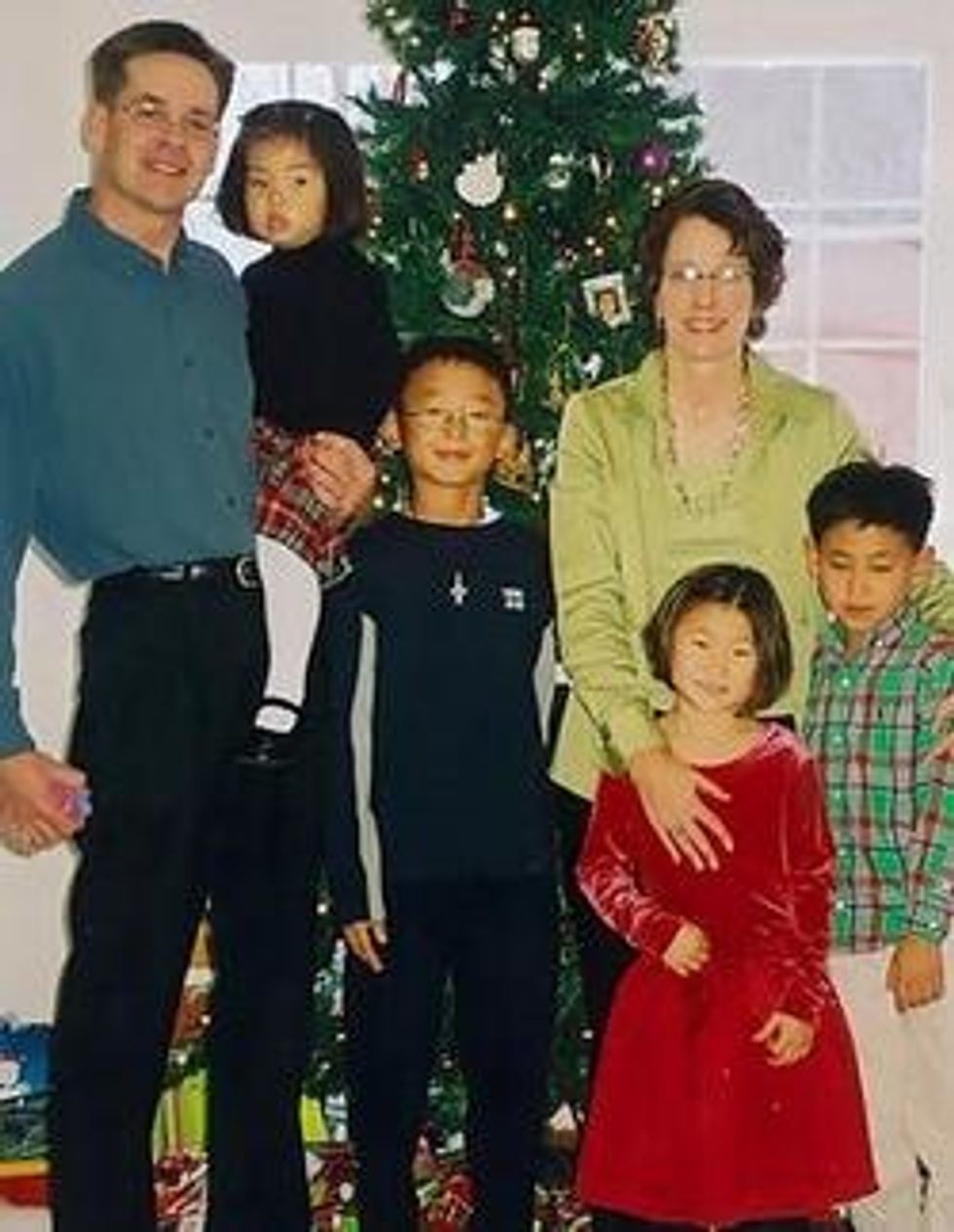
Steven Sueppel, a former bank vice president, and his wife Sheryl had four adopted children. Steven had not told anyone about his impending trial for embezzlement and money laundering and he wished to spare himself and his family the embarrassment of legal humiliation.
On March 23, 2008, the Iowan beat his wife to death with a baseball bat. He then tried to drown himself, but was unable to do it. He put his children into the van and tried to kill them all with carbon monoxide. It was unsuccessful. Growing impatient, he took his kids back inside and resorted to his earlier method, the baseball bat. 10-year old Ethan, 9-year-old Seth, and 5-year-old Mira died in their bedrooms. 3-year-old Eleanor has hiding in the playroom, but Sueppel killed her too with a new bat.
He called police and told them to go to his home. He then killed himself by crashing his car into a bridge.
Like John List and Christian Longo, Sueppel was influenced by external stimuli like fear of humiliation and financial struggles. He also falls under De Bortoli's classification of a coupled father. Similar to the statistics on stepfathers, he violently beat his adopted children to death.
Isauro Aguirre
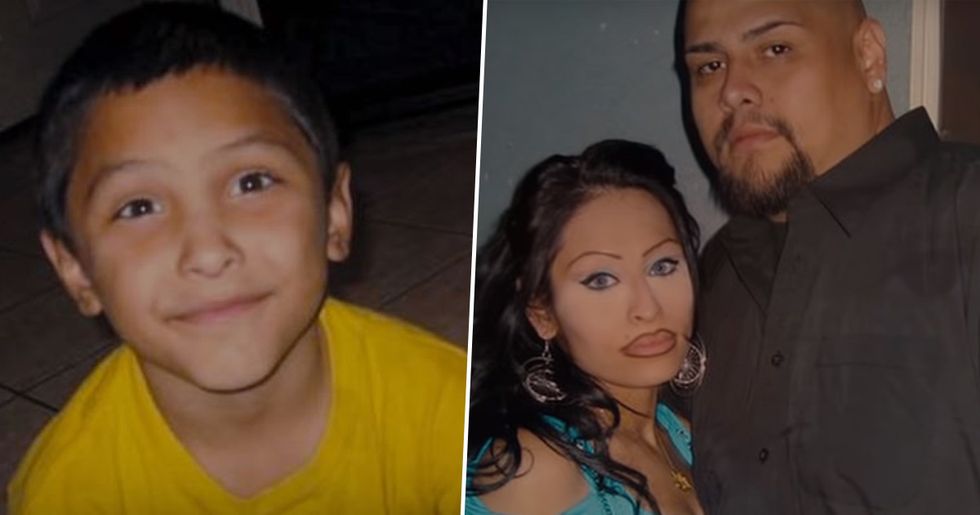
Gabriel Fernandez was an eight-year-old boy from California who was abused and tortured over a period of months that ultimately ended in his fatal beating on May 22, 2013, at the hands of his mother's boyfriend, Isauro Aguirre. The awful abuse suffered by Gabriel is documented in the Netflix film, The Trials of Gabriel Fernandez.
His official autopsy declared his cause of death to be blunt force trauma commingled with malnutrition and neglect. Over the period of abuse, he suffered broken ribs, a cracked skull, burns, among other things.
Aguirre was charged with first degree murder with special circumstances of torture for murdering Gabriel Fernandez. He pleaded not guilty; however, the jury found him guilty and recommended he be sentenced to death. Gabriel's biological mother, Pearl Fernandez, was sentenced to life imprisonment without the possibility of parole.
According to De Bortoli's classification, Aguirre is a de facto male. He is also an example of a stepfather who was extremely violent. In Scott's classification, Aguirre falls into "elimination of an unwanted child by assault or neglect".
Adolphus Earl Kimrey II
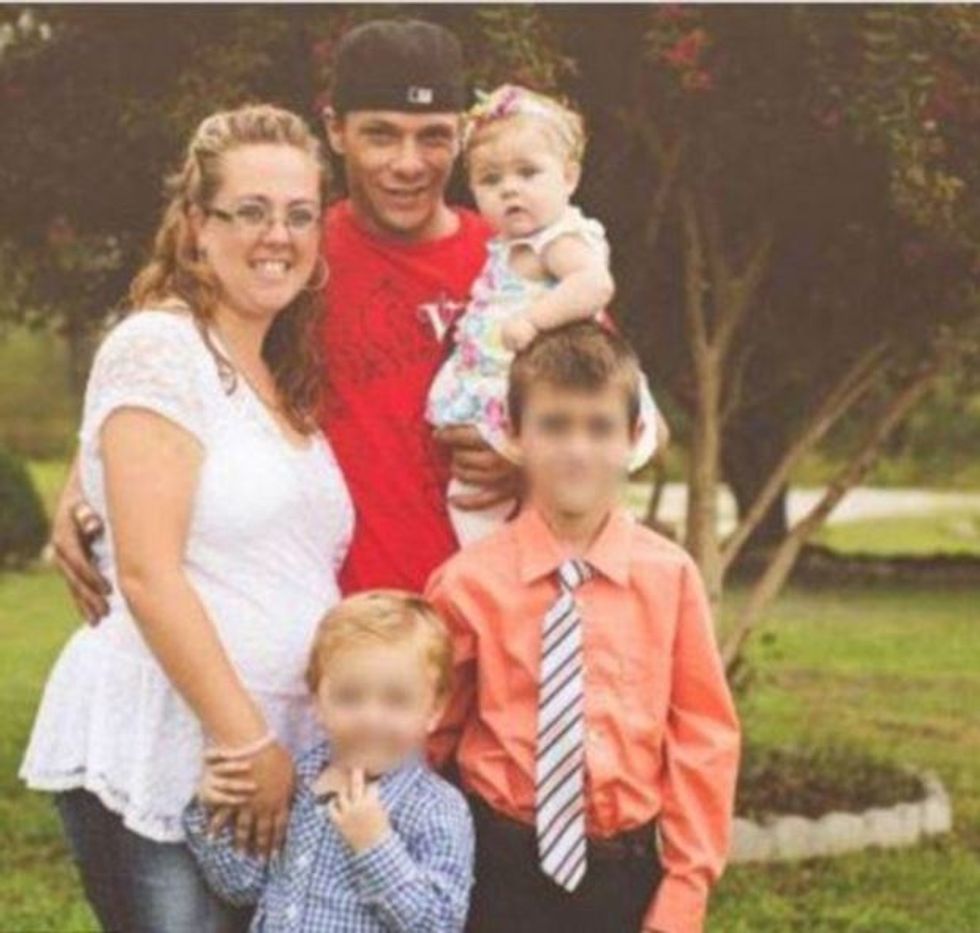
Three-year-old Mariah Woods went missing without a trace on November 27, 2017, but Mariah's biological father, Alex Woods, thought the story didn't add up from the start. Mariah had lived with her biological mother Kristy Woods and Kristy's live-in boyfriend Earl Kimrey. Earl was the first to report Mariah missing, stating he had put her to bed but she had woken up and wandered off, leaving through an unlocked door.
Hundreds of volunteers searched for Mariah, but her body was found on December 2, 2017, in a creek. She was wrapped in garbage bags and stuffed inside a couch cushion along with rocks and cement. Her autopsy report showed she likely died of "chloroform toxicity" after suffering traumatic injuries to her face.
Earl was charged with first degree murder and and felony child abuse resulting in serious bodily injury/death. His trial is set for early 2021.
If Earl is found guilty, he is another case of a de facto male and elimination of an unwanted child by assault or neglect.
Chris Watts
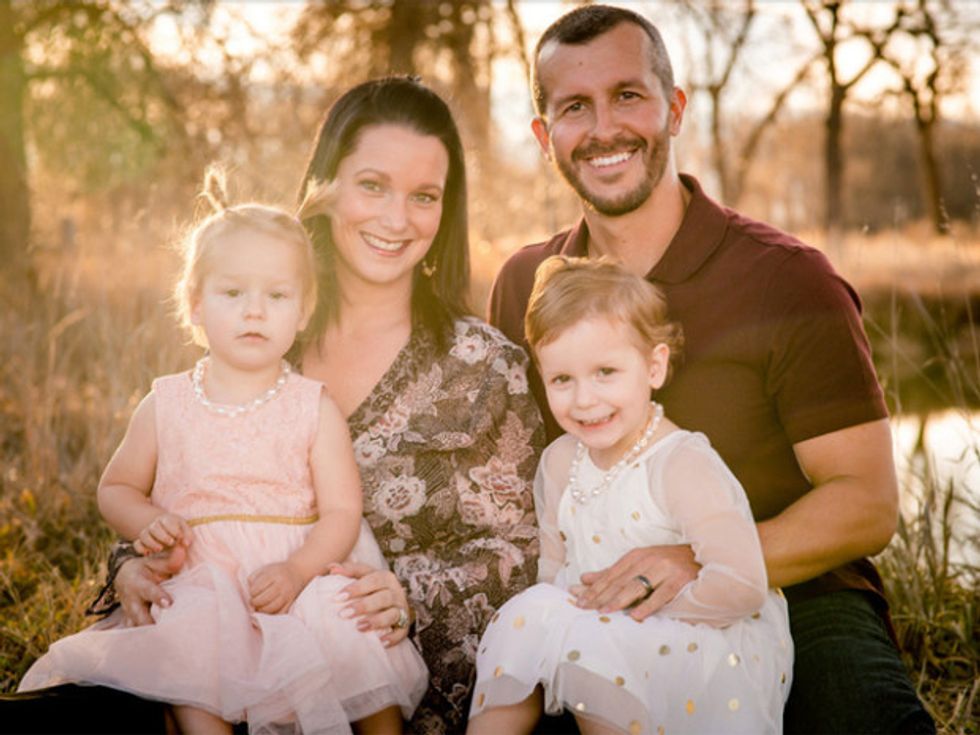
Chris Watts lived in Colorado with his daughters 4-year-old Bella and 3-year-old Celeste, and his pregnant wife Shanann. Their marriage was starting to strain, and Chris was secretly having an affair with his coworker, Nichol. Shanann returned home from a trip to visit family in North Carolina. The next morning, she and her daughters were reported missing when she didn't show up to a scheduled ob/gyn appointment.
Chris appeared on the news, but his cool, calm demeanor aroused the suspicions of many. A father whose pregnant wife and young children disappeared should be distraught. When police brought him in for questioning, Chris broke down and claimed he walked in to see Shanann had killed his daughters, angry over the fallout of their marriage. He said he then killer her in his rage.
But Shanann's body was found in a shallow grave in a field where Chris worked. His daughters were found dumped into oil tanks. Chris's lies unraveled and he admitted to strangling his wife and suffocating his daughters with pillows. He pled guilty. Chris Watts was sentenced to three consecutive terms of life in prison without the possibility of parole.
Chris's motivations for killing his family do not fit neatly into any of the categories, but his story is similar to Christian Longo's in that he first blamed his wife for the death of the children and used that as an excuse for killing her - later proving to be false. Many have pointed out that Chris is narcissistic and possibly a sociopath due to his inability to express true regret or remorse for his actions.
These are just a few of the men who are known for murdering their children or step-children, sometimes along with other family members.
There isn't one type of person who kills his family. But in general, these men are fragile and unable to cope with humiliation. They're unable to make appropriate decisions when burdened by anxiety, rage or depression, often leading to their horrible, unforgivable actions.













